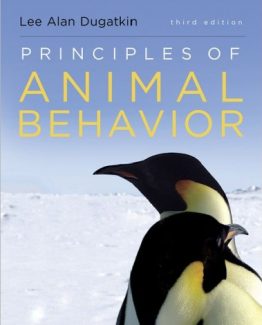Building a Cell from its Component Parts Volume 128, ISBN-13: 978-0128024508
[PDF eBook eTextbook]
- 404 pages
- ISBN-10: 012802450X
- ISBN-13: 978-012802450
- Publisher: Academic Press; 1st Edition (June 3, 2015)
- Language: English
The cell interior is another world that we are only beginning to explore. Although there are a number of approaches for examining the inner workings of the cell, the reductionist approach of building up complexity appeals to many with physical science and engineering backgrounds. This volume of Methods in Cell Biology spans a range of spatial scales from single protein molecules to vesicle and cell sized structures capable of complex behaviors. Contributions include; methods for combining different motors and cytoskeletal components in defined ways to produce more complex behaviors; methods to combine cytoskeletal assemblies with fabricated devices such as chambers or pillar arrays; reconstituting membrane fission and fusion; reconstituting important biological processes that normally take place on membrane surfaces; and methods for encapsulating protein machines within vesicles or droplets.
Wallace Marshall is an electrical engineer by training, who became interested in biology out of a desire to understand how cells solve engineering problems, such as determining the size of organelles. He received his Ph.D. at UCSF with John Sedat, where he studied the diffusional of motion of interphase chromatin using live cell imaging and computational image analysis. He then trained as a postdoc with Joel Rosenbaum at Yale, where he began studying the mechanisms regulating the length of cilia and flagella. He is now Profess of Biochemistry at UCSF, where he lab continues to study the assembly and length regulation of cilia and flagella, as well as the mechanisms that regulate the size of other organelles. His work takes advantage of an integrated combination of methods including genetics, microscopy, and computational modeling, as well as a wide variety of model organisms including Chlamydomonas reinhardtii, Stentor coeruleus, yeast, flatworms, and mammalian cells.
What makes us different?
• Instant Download
• Always Competitive Pricing
• 100% Privacy
• FREE Sample Available
• 24-7 LIVE Customer Support






Reviews
There are no reviews yet.